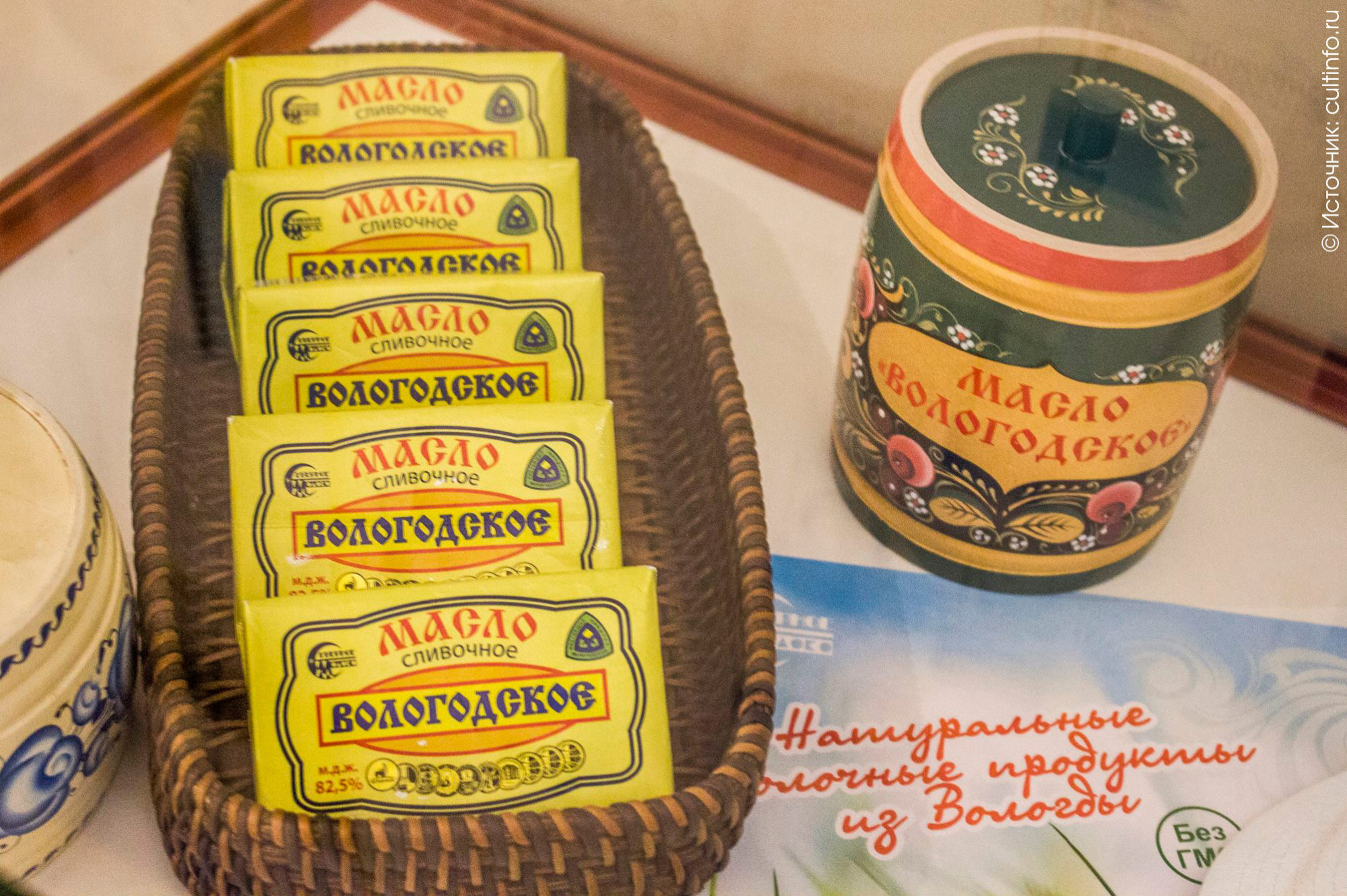The “Tastes of Russia” competition opens up prospects for the development of regional brands and rural areas. The competition is aimed at popularizing unique products produced in Russian regions.
It is the first national competition of regional food brands which is organized by the Ministry of Agriculture of the Russian Federation. The competition is a part of a complex of actions for support of food branding. It is aimed to open regional gastronomic brands, and to acquaint consumers with a variety of unique Russian tastes.
Every region has its claim to fame, but there's none sweeter than Vologda's position as Russia's butter capital. Vologda is famous for its dairy products. Just mention butter and quality together and every Russian will invariably reply "Vologda butter." Vologda butter is a traditional Russian product, with delicious walnutty taste and natural lightness. This is creamy, melt-in-your-mouth butter.
The first creameries appeared here in 1835, and Vologda boasts the first cream separator in all Russia. Butter making has been an industry in this region since 1881, begun in the aptly named village of Molochnoye. But the tale really begins with Nikolai V. Vereshchagin (born 1839), founder of the Milk Academy of Vologda, operator of the nation's first, and presumably the only, butter-making school, noted turn-of-the-last-century expert on dairy innovation.
It was Mr. Vereshchagin who noticed that ordinary butter sometimes seemed sour, and set about to fix that. Experimenting, he tried separating sweet cream from milk twice during butter-making, rather than once as was the usual practice.
The result was a king among butters. It was fattier than the 70-percent-fat butter produced by one round of separation, and creamier as well. It had no odor, a delicious walnutty taste and utterly no aftertaste, thanks to its remarkable 16 to 18 Turner degrees of acidity.
Vologda butter owes its fame to its strict control over production that has been carried out consistently during the entire century and a half of its history.

